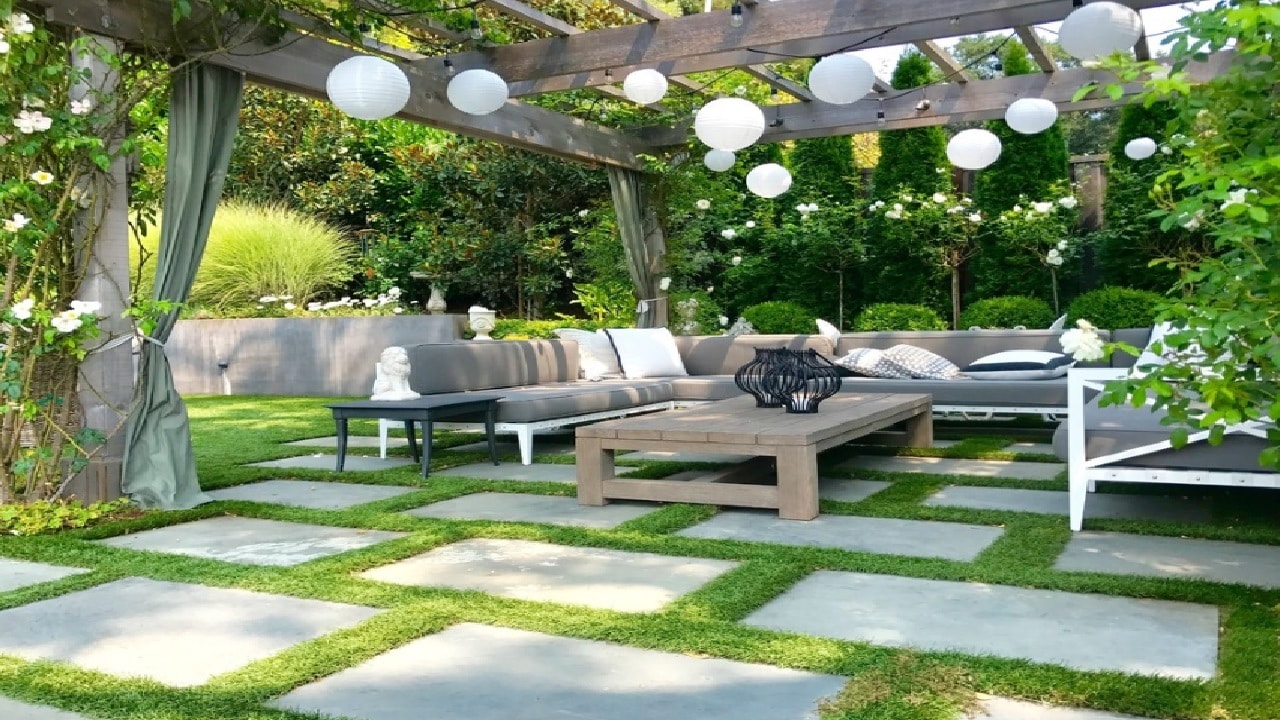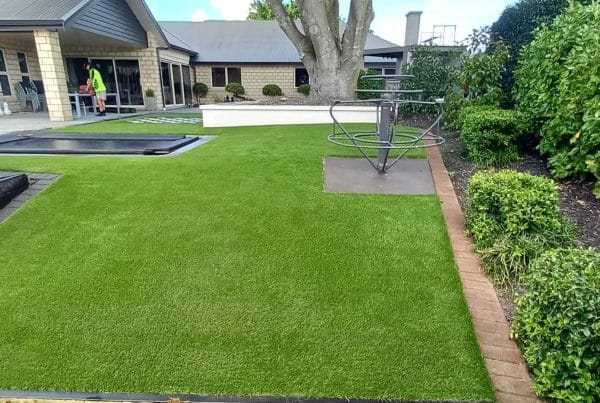Artificial grass, also known as synthetic turf, has seen immense growth in popularity for residential and commercial applications in recent years. But why choose artificial grass over regular natural grass for your lawn or landscaping needs? Here we’ll examine the benefits of artificial turf as well as some considerations before installing it.
What is Artificial Grass?
Artificial grass is a synthetic surface made to mimic the look and feel of natural grass. The first iteration of artificial grass was known as Astroturf, introduced in the 1960s for sports fields. Early forms of artificial turf were known for their abrasive blades and hard, uncomfortable feel.
Modern artificial grass uses advanced polyethylenes and polypropylenes to create soft, natural-looking grass blades. Nylon or polyester thatch is used between blade rows to emulate the soft cushion of soil beneath real grass. Some systems also use infill materials like sand and crumb rubber to provide extra support and stability. The infill settles between the blade rows to keep them upright.
Advanced artificial grasses replicate the lush, green aesthetic of live grass extremely well. The materials are also durable, stain-resistant and unlikely to fade or discolor over time. High-quality artificial turf installed properly can last 15-25 years without needing replacement.
Growing Popularity of Synthetic Turf
The global artificial grass market size was valued at USD 3.3 billion in 2020. It’s projected to grow at a rate of 11.7% from 2021 to 2028 as demand increases.
More homeowners and businesses are opting for low-maintenance artificial lawns and landscapes over traditional grass. A number of factors are fueling this growth:
- Water restrictions in drought-prone areas make maintaining live grass difficult. Artificial turf needs no irrigation.
- Busy schedules make time-consuming lawn care a burden. Synthetic grass is maintenance-free. Check here maintenance tips for artificial grass.
- Pets and children quickly damage real grass. Artificial grass stands up to heavy activity.
- Real grass has a growth cycle and sheds each season. Synthetic turf retains consistent color and thickness.
The rise of artificial grass helps conserve water, saves time, and provides attractive, durable landscapes. Next, let’s look at the benefits of choosing artificial turf for your own lawn or landscaping project.
Benefits of Artificial Grass
There are many advantages to installing synthetic turf instead of natural sod:
- Requires no mowing, watering, or fertilizing
- Withstands heavy foot traffic from children and pets
- No damage from digging, pet waste, or pests
- Stays green and lush year-round regardless of weather
- No weeding, pesticide, or herbicide applications needed
- Saves water, cutting irrigation needs by up to 70%
- Cuts lawn maintenance time drastically
- Customizable sizes,varities, and blade lengths of artificial grass are available
- Softer, more natural feel than the older AstroTurf.
- Consistent performance for sports fields and putting greens
- Installation can cover oddly shaped areas or slopes easily
- Long-lasting durability, typically over 15 years
- Can increase property value by improving curb appeal
Those benefits make artificial turf ideal for homeowners, schools, sports facilities, hotels, playgrounds, and commercial spaces looking to save on landscaping costs and maintenance.
Considerations Before Installing Artificial Grass
While synthetic grass has numerous advantages, there are a few important considerations to factor in as well:
- Higher upfront installation cost than sod
- Proper drainage and base preparation must be in place
- Can absorb and retain heat more than real grass
- Limited recycled options at the end of the lifespan
- Installation over compacted soil or concrete can be tricky
- Regular cleaning is required to prevent matting, static buildup
- Artificial pet grass requires occasional disinfecting
With proper sub-surface preparation, high-quality materials and professional installation, those downsides can be avoided or minimized. Be sure to research experienced artificial grass companies in your area to get material and installation recommendations suited to your environmental impact of artificial grass and property conditions.
The benefits of low maintenance, durable artificial turf make it an eco-friendly choice growing in popularity across residential and commercial properties. With a little research, you can determine if synthetic grass is right for your own lawn or landscaping needs. Contact a professional artificial grass provider to explore your options today.





